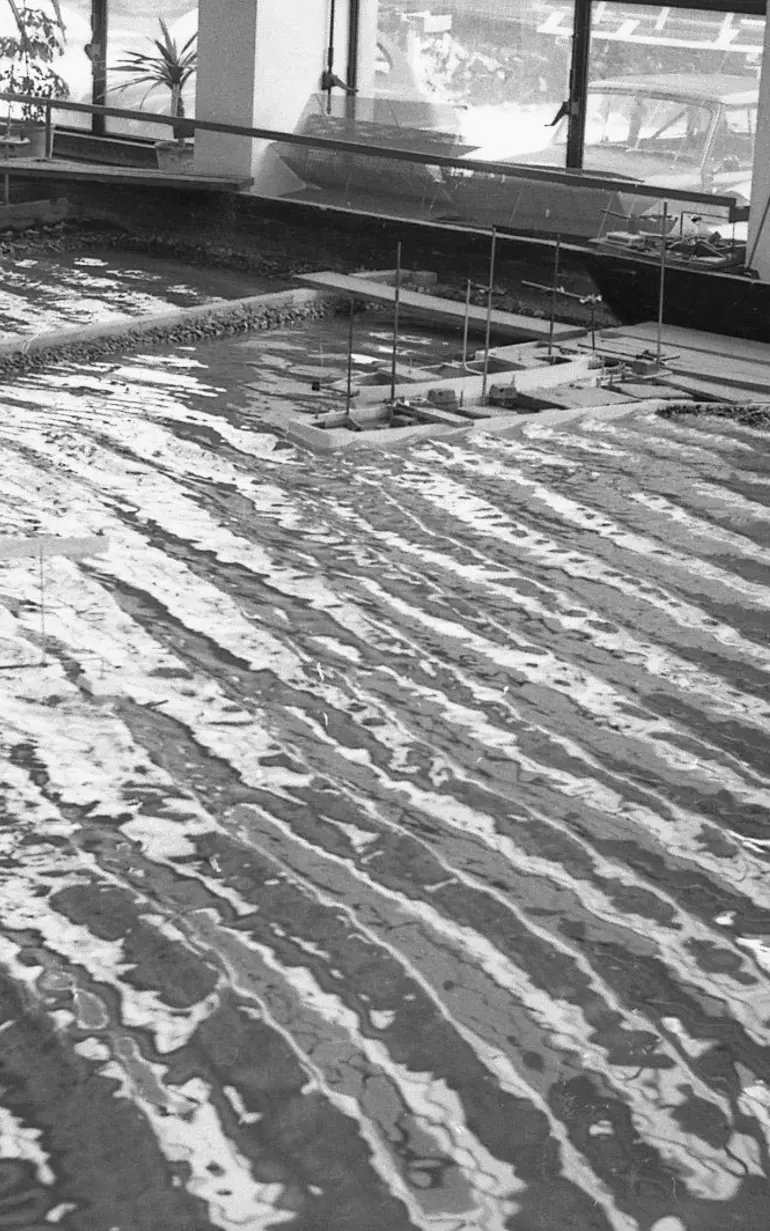
We called ourselves wavemakers
And we are still making waves today. Since 1964, we have grown from a handful of passionate wave modellers in Denmark to an organisation with 1,100 engineers and specialists working on projects in more than 115 countries, wherever you find water.
Our story started when the Danish Academy of Technical Sciences established the Danish Institute of Applied Hydraulics as an independent, not-for-profit institution.
In 1969, we developed a pioneering method to produce irregular waves in hydraulic model testing using a direct reproduction of measured time series from nature. The prevalent approach was to use regular waves, which did not truly represent how natural waves behave. This resulted in our first irregular wave generator – a major step forward in hydraulic modelling.
And so it’s true: Innovation is in our DNA. It will continue to be as we look towards the future.
DHI timeline
The Danish Academy of Technical Sciences establishes the Danish Institute of Applied Hydraulics (Vandbygningsinstituttet), which later became known as the Danish Hydraulic Institute (DHI).
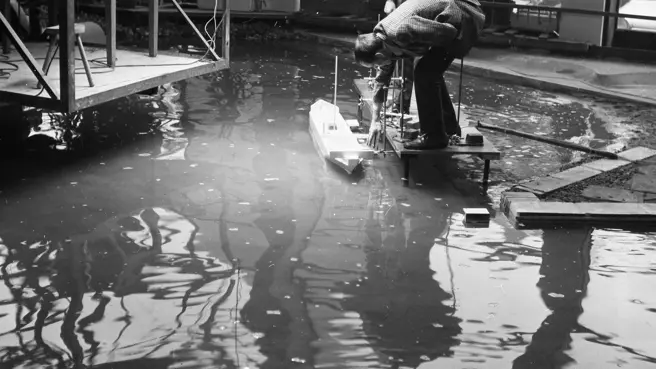
DHI develops a pioneering method to produce irregular waves in hydraulic model testing using a direct reproduction of measured time series from nature, leading to the development of our first irregular wave generator – a major step forward in hydraulic modelling.
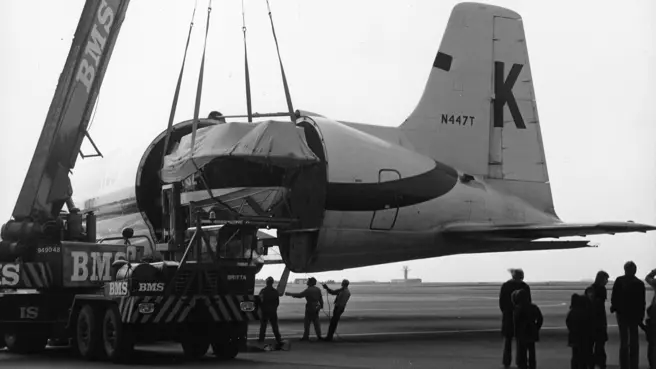
We understand the importance of having a global perspective. Soon after we were established, we begin working on projects in other countries to gain experience solving water-related challenges outside of Denmark.
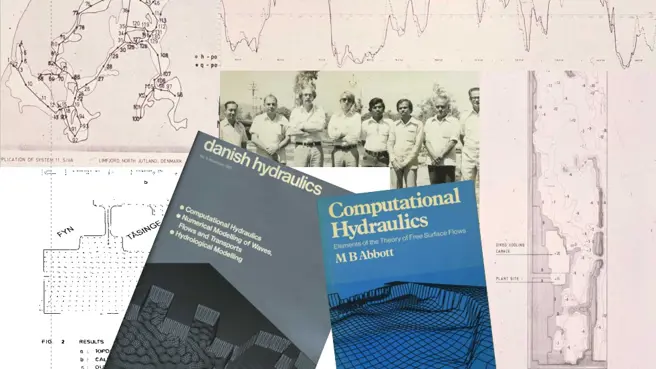
With a contribution from the Danish Research Council, we create the Computational Hydraulics Centre (CHC) within DHI that focuses on the development of numerical modelling software.

Due to R&D efforts in the model testing of irregular waves in shallow water in the late 1970s, DHI establishes a new deep-water testing facility to answer the needs of the growing offshore oil and gas exploration and production industry.
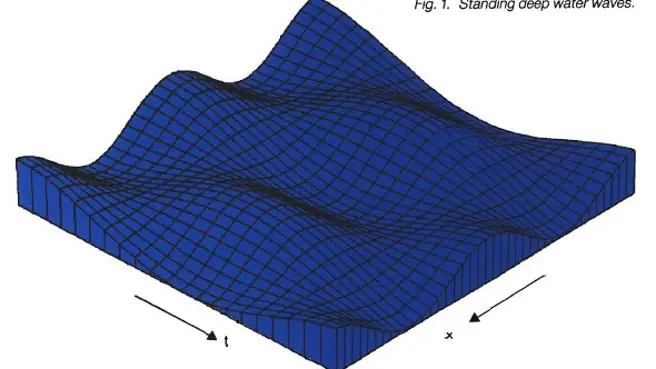
With the advances in microcomputers, we begin developing numerical modelling software that could run on personal computers – later named MIKE (after Professor Michael Abbott, visionary and creator of the MIKE software suite).

The Water Quality Institute VKI (which later merged with DHI) created the 'Nordic Freshwater Initiative,' which eventually evolved into what is now known globally as Integrated Water Resources Management (IWRM).
Read the IWRM storyThe success of MIKE led to the creation of an advisory market, and we start opening offices around the world. In many cases, we hired the sales agents who sold our MIKE software in their home countries and welcomed them to the DHI family.
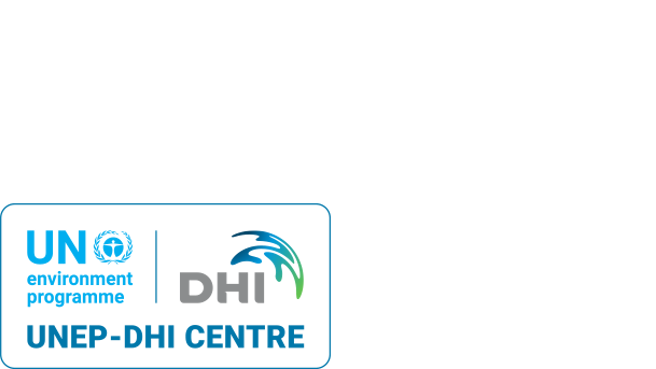
We establish the UNEP-DHI Partnership – Centre on Water and Environment, a United Nations Environment Programme centre of expertise dedicated to improving the management, development and use of freshwater resources from the local to the global level.
Explore moreIn the 1990s, the Ecological Modelling Centre (EMC) was set up through a collaboration with the Water Quality Institute (VKI). In the 2000s, we merge with VKI to offer a holistic approach to solving water challenges related to hydrology, groundwater and agriculture.
We set up DHI's Earth Observation knowledge hub, a cooperation between the University of Copenhagen and DHI. The main purpose is to apply the science of satellite remote sensing to create and disseminate knowledge and services to a wider audience.
Learn more about earth observationThe impact of toxic chemicals on the environment and humans is closely related. We merge with the Danish Toxicology Centre (DTC) to bring together these complementary competencies, enabling us to further develop and build our ecotoxicology expertise.
Approximately a third of our business focuses on research and development. We set up our first major research hub outside of Denmark in Singapore to ensure that the knowledge gained from our research efforts is spread throughout our organisation.
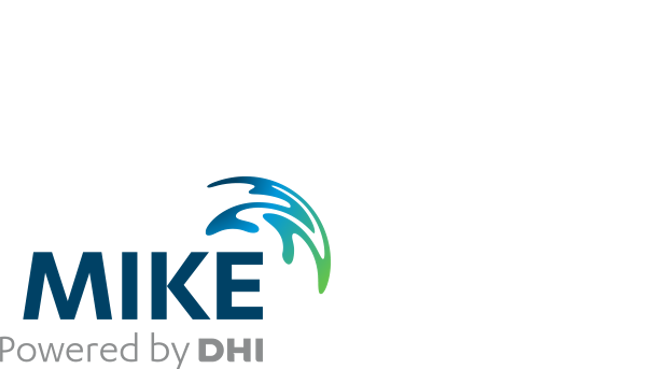
MIKE CUSTOMISED by DHI, the flexible solution development framework, addresses the needs of clients dealing with complex data and decision-making processes. In 2015, DHI merges MIKE by DHI and MIKE CUSTOMISED by DHI technologies into the MIKE Powered by DHI software suite.
Our first Operational Service: Seaport OPX, specialist provider of digital port solutions, starts to pave the way for the development of more operational services such as Future City Flow, MIKE Mine and TwinPlant.
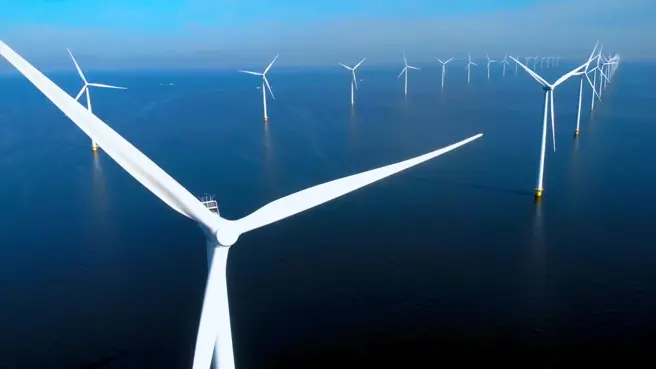
We celebrate the 30th anniversary of the world’s first offshore wind farm installation and DHI’s involvement in developing standards and tools to optimise wind farm design and ensure safe construction, operation and maintenance.
Watch the video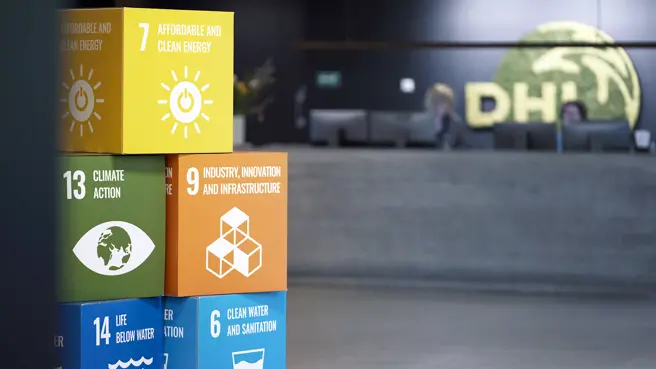
DHI presents a new strategy that builds on an ambition to support the realisation of the UN Sustainable Development Goals (SDGs). The strategy introduces a 'NetZero' objective of becoming carbon neutral from operations by 2025.
Watch video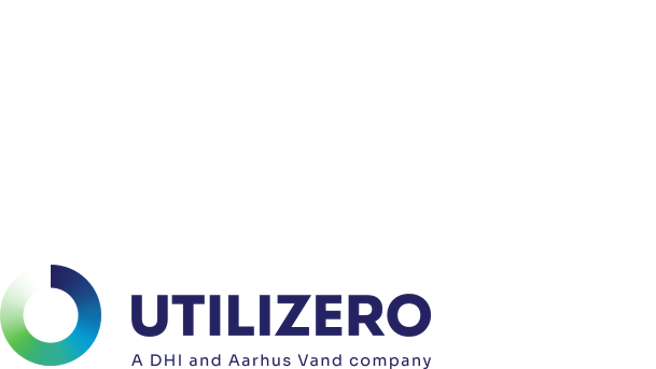
Together with Aarhus Vand, one of the largest water companies in Denmark, DHI establishes Utilizero, a new company that supports wastewater utilities in reducing greenhouse gas emissions and energy consumption.
Explore more about Utilizero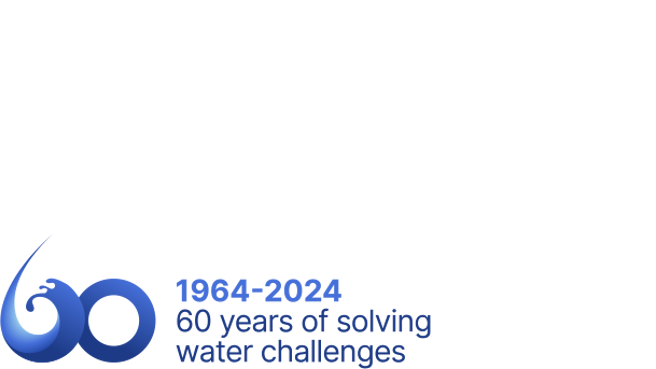
DHI celebrates 60 years of advancing and sharing knowledge of water environments, and continues our commitment to shaping a water-secure future.
See our stories on LinkedIn